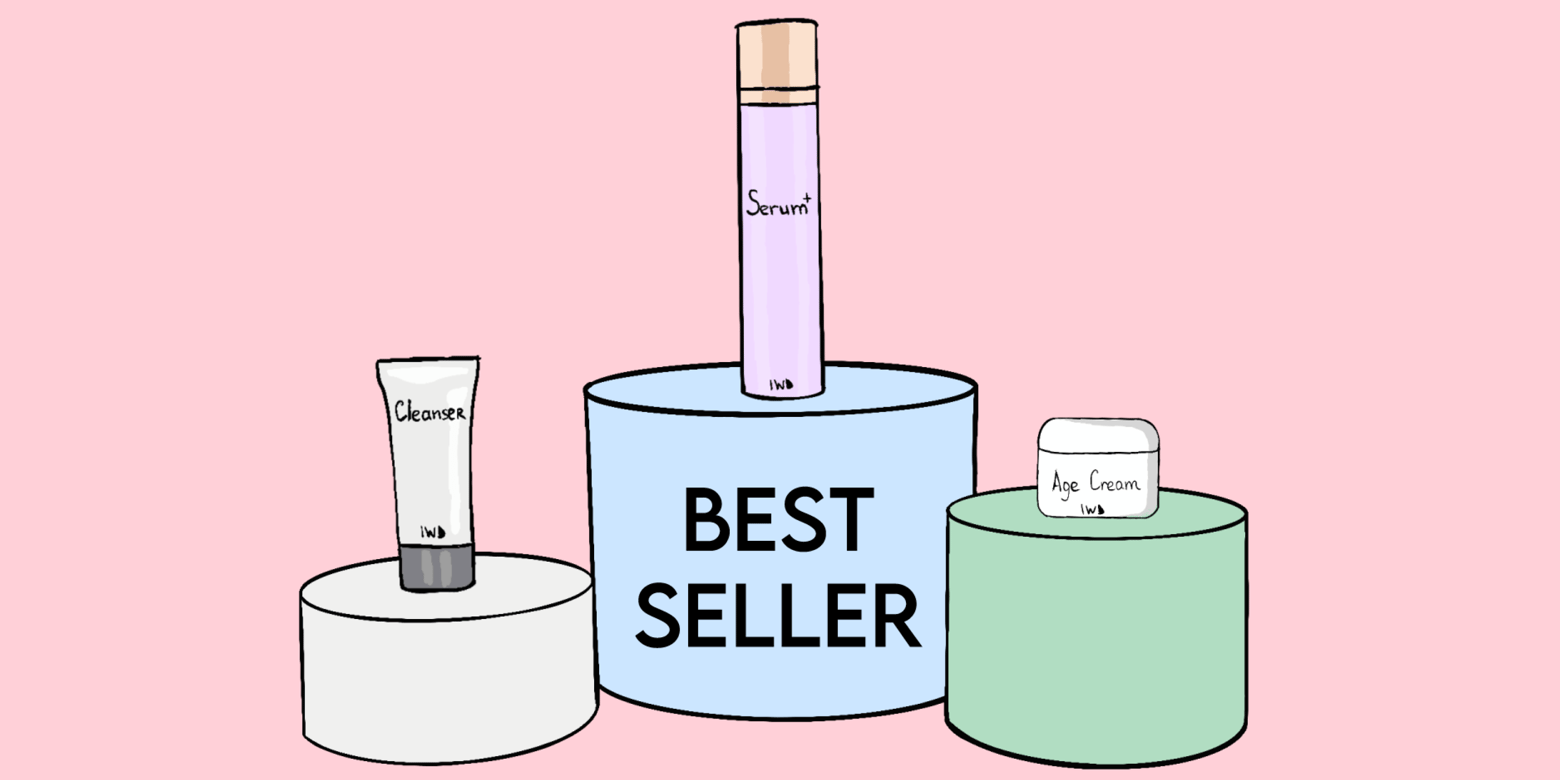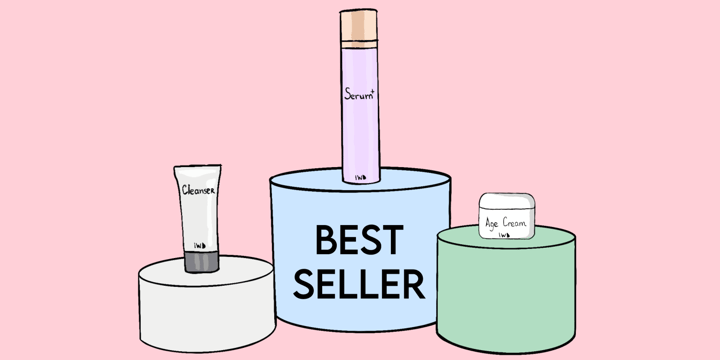The most used in-store survey template for optimal performance

The most used in-store survey template for optimal performance
Field team feedback is key for your retail business. We talked about it in a previous article but in a nutshell it gives you:- Qualitative information that is uniform and stored in one place
- Structured data for more precise analysis
- Time saved when asking for and managing that data
- Gain additional flexibility to ask for more information
Having said that, let's get to the heart of the matter; requesting information from your team is all well and good, but how and when should you do it?
Checking whether a new campaign has been implemented is the most common reason for conducting a survey. The information you’re looking to receive will confirm if guidelines were understood to ensure brand consistency.
THE DATES OF PROMOTION
Make sure the store teams have received the correct information for when the promotion starts and ends.
SET-UP AND COMPREHENSIVENESS
Did they have any difficulties during the set up? This can help you determine if the guideline was fit for their store size or space allocated to the brand. Having the right space to showcase star products but also stock inventory is key to reducing operating costs. You can also include questions about how easy it was to understand the guidelines, and how efficient implementation was.
Have a dedicated section in your survey that discusses the window display. After-all, they are the first thing a customer sees before entering the store!
Lastly, don’t forget to ask if anything was missing or damaged.
PICTURES PICTURES PICTURES
Many, if not most, of your questions in the survey should ask for an attached picture. The pictures will allow you to double check whether a window, corner, or shelf is properly set up, and ensure stores across a country portray the same branding. Send direct feedback on the picture to limit the amount of back and forths with teams. Reward field execution by sharing pictures of best practices to the rest of your network of stores.
Receiving a detailed and overall view of what stores look like shows you concretely what your strategy renders in its real life environment.
Ask for a video walkthrough to experience the store like a customer.
A TWO-WAY EXCHANGE
Once the promotion is over, don't hesitate to involve the teams and ask them for their opinion! They are a goldmine and can give any information on the store, the staff, and the customers.
For future reference, you can ask them how impactful the promotion was or if they have any recommendations on how to improve. Once again, those key insights will help you better your brand and be closer to customers.
Having that fluid two way conversation through surveys and pictures helps both the field teams and the head office work together to create a better store experience, and ultimately increase sales.
Having determined what you should include in surveys, we can now focus on the medium.
🚀 PLAN A SURVEY VIA A MOBILE APP
Mobile applications allow you to set up a survey in an interactive format: multiple choice question, photos, yes or no ….
Once your " standard " survey is created for each new implementation, duplicate it and adapt the questions to the new guideline.
Follow implementation and be notified once done. As a matter of fact, why not send a single-question survey to ask one question, “share pictures of the new animation”? The advantage of doing such is that the head office would be notified when someone has sent in a picture, and can follow-up with latecomers to ensure a timely launch.
Never miss out on latest news in the retail industry on Facebook, Youtube, LinkedIn or Instagram.
MORE ARTICLES BY THIS AUTHOR

Caroline
I am a Brand Image leader working in Retail and tech passionate about 360° storytelling. I'm also keen on travel and wildlife. I have a strong experience in building and implementing communications strategies (consumer, corporate, BtoB, social media) consistent with marketing levers and business needs. I have always been working in fast-paced environments and have experienced early days of companies that have known tremendous growth.




